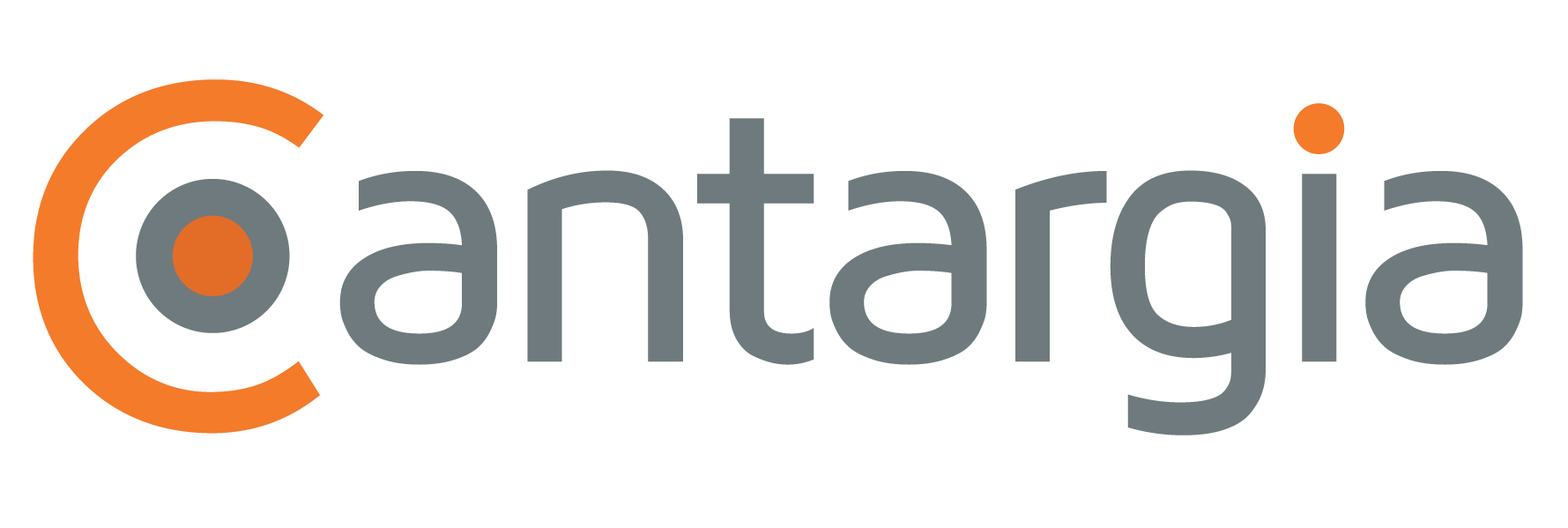Prenumeration
Beskrivning
| Land | Sverige |
|---|---|
| Lista | Small Cap Stockholm |
| Sektor | Hälsovård |
| Industri | Bioteknik |
Intresserad av bolagets nyckeltal?
Analysera bolaget i Börsdata!
Vem äger bolaget?
All ägardata du vill ha finns i Holdings!
- Alleviates chemotherapy-induced neuropathy
- Counteracts tumor promoting signals induced by Antibody Drug Conjugate (ADC) payloads
Cantargia (Cantargia AB; Nasdaq Stockholm: CANTA) today reported new clinical and preclinical results from the nadunolimab (CAN04) program, providing a promising starting point for additional future opportunities. The data show that nadunolimab, currently in phase II clinical development for cancer treatment, has additional effects that could be of high value when combined with either standard chemotherapies or antibody drug conjugates (ADC). These effects relate to alleviation of neuropathy and counteraction of tumor promoting signals. Consequently, nadunolimab treatment has the potential to improve efficacy of such treatments as well as to reduce serious side effects such as neuropathy.
“Nadunolimab treatment of cancer patients has generated promising clinical effects. Our new results strongly suggest counteraction of neuropathy, a serious side effect of several existing cancer therapies. Neuropathy is common with ADCs and the new data highlight the potential for nadunolimab/ADC combination therapy. Our confidence in nadunolimab is thus further increased as the results clearly indicate a unique mechanism with additional benefits for patients,” said Göran Forsberg, CEO of Cantargia.
Nadunolimab has been investigated as cancer therapy in about 300 patients. The most promising results reported are in combination with chemotherapy in pancreatic cancer (PDAC), non-small cell lung cancer and triple negative breast cancer with higher response rates followed by longer progression free survival and overall survival compared to historical data with chemotherapy alone.
Neuropathy is a serious side effect of several cancer therapies, including traditional chemotherapies and ADCs, which effectively are a type of tumor-targeting chemotherapies. Neuropathy often leads to discontinuation of an otherwise effective therapy. Previously, top line data from our clinical studies using nadunolimab in combination with gemcitabine/nab-paclitaxel in PDAC, have indicated lower incidence of grade 3 and 4 neuropathy than expected from historical data using this chemotherapy regimen alone. Further detailed evaluation of the clinical results has provided additional support for a neuroprotective effect of nadunolimab. Mechanistically, several chemotherapies can stimulate IL-1 driven neuroinflammation, which is linked to neuropathy and may be counteracted by nadunolimab. In line with this, a pronounced protective effect on chemotherapy-induced neuropathy has been documented in two different animal models.
A number of ADC-s have recently been approved as cancer treatment which has generated significant commercial interest in this approach. The new data show that several cytotoxic payloads used in ADCs act like traditional chemotherapy by inducing both forms of IL-1 on tumor cells, known to act as a danger signal that can lead to tumor progression and potentially resistance. IL-1 mediated inflammatory processes can thus be induced by both chemotherapy and ADCs and may induce resistance to therapy as well as onset of neuropathy. The new results suggest that these can effectively be blocked by nadunolimab.
The new results are planned to be presented at upcoming scientific conferences during 2024.

